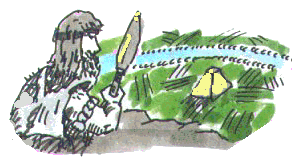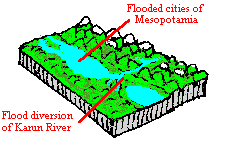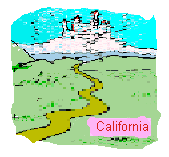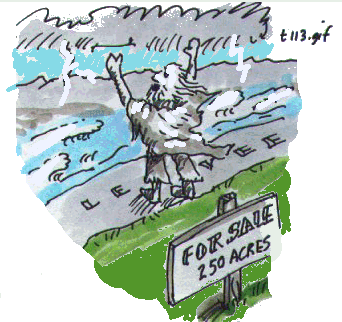California Levee Failures: 6000 BC to 2000 AD.

For millenia these rich valley
lands have been the origins and seat of civil life. The
need for storage, distribution, allocation, trade and
planning created a need for central bureacracy,
expertise, and military power. Meanwhile, from the baking
hills, less settled people have watched with envy and
murderous intent for signs of weakness.

Seen from the orchards, seas of
peach blossoms in the warm California spring, the levees
are grassy banks with a pickup road on top, mile after
mile, enclosing the river, now drying to gravelly ponds
and willow thickets.

The rivers of the central valley
flooded frequently; warm Pacific rains melting the Sierra
snows

In the winter of 1861-1862, Dr. T. M. Logan of Sacramento measured 35.56 inches of rainfall in that city, which had been exceeded only once by 36.0 inches in 1849-50. So, these amounts being twice the mean value of 19 inches for the second half of the 19th century, and were within an inch or two of the values recorded in San Francisco.
Pictured here is a graph of the
Sacramento rainfall from the beginning.

And this of course is also the
story of California, as I learned it from reading John
Steinbeck's East of Eden.
Various tribes of the dispossessed came west ot
California. Many were people of religious persuasion, who
believed in good and evil, bible, fate and election, the
meanings of prophecy. They had not yet learned our
contemporary arts of rational scientism, relativism, and
blame. Their relationship with the land and the desert
was an odd combination of religion and hucksterism Holy
City Alviso Imperial Valley

So in the 1980s land boom in the
valley a vision arose of a new city, to be located on the
banks of the Feather, and populated by single moms and
back office workers commuting to suburbs of Sacramento.

The land developers and their
engineers bargained with the river gods over who owns the
land
Questions or Comments?